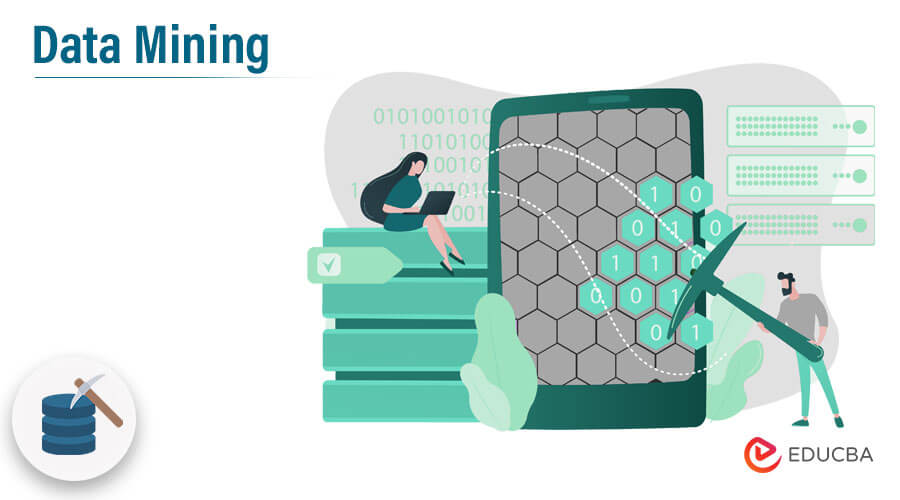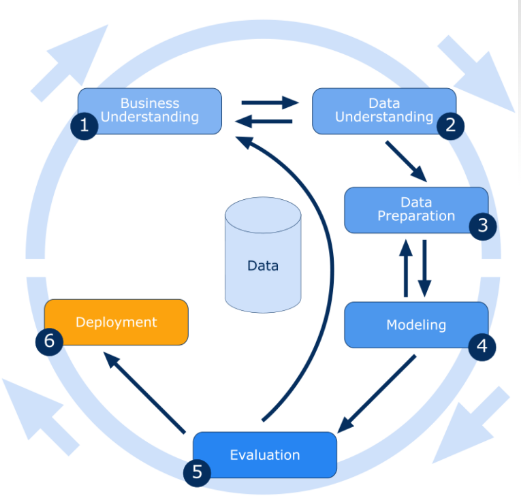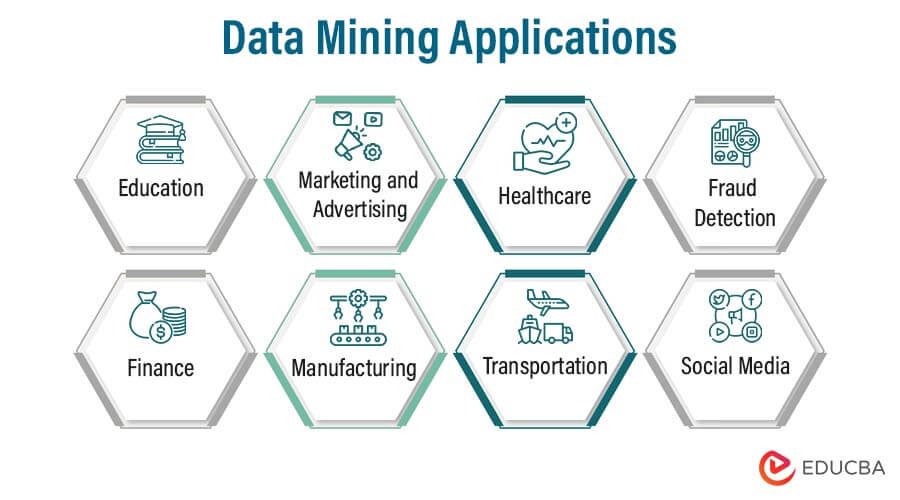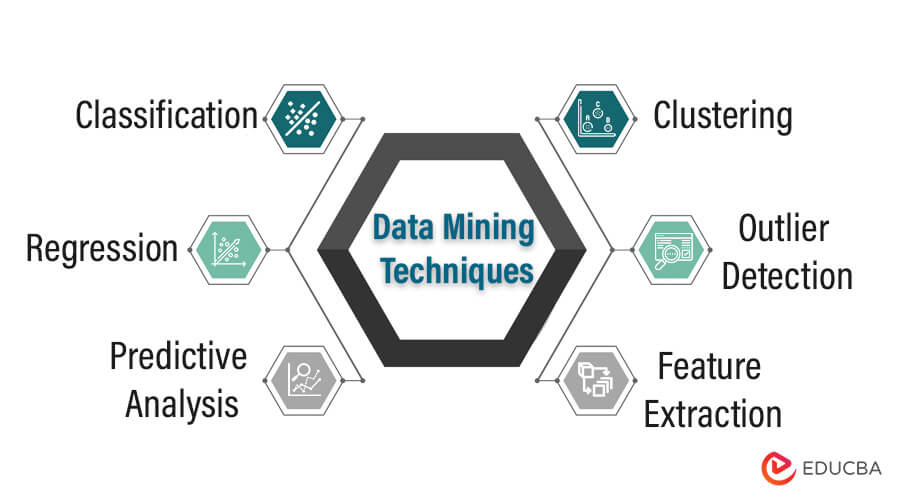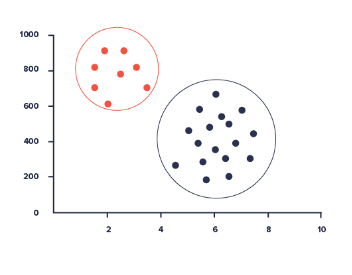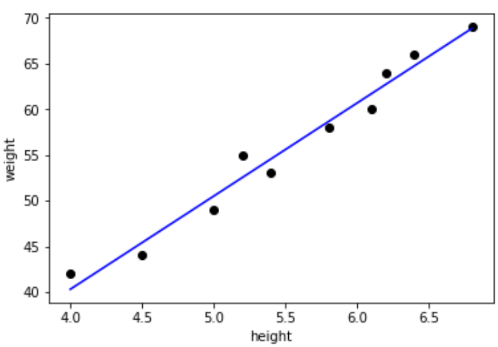Introduction to Data Mining
In today’s world, data is king, and organizations that can leverage it effectively gain a significant competitive advantage. But with massive amounts of data being generated every day, it can be challenging to make sense of it all. That’s where data mining comes in. It’s the process of uncovering valuable insights hidden within large datasets, enabling businesses to make data-driven decisions that can improve their bottom line. From predicting customer behavior to identifying trends and patterns, it is a powerful tool that can transform the way businesses operate. In this article, we’ll dive deeper into the world of data mining, exploring its various techniques, applications, and benefits.
Table of Contents
- Definition
- Data Mining learning patterns
- Example
- Steps Involved in Data Mining
- Types of Data Mining
- Applications
- Benefits of Data Mining
- Techniques Used in Data Mining
- Challenges
What are Data Mining learning patterns?
Data mining is the process of learning patterns and insights from large datasets. It involves using advanced statistical and computational techniques to analyze data from different sources and extract valuable information. It is an interdisciplinary field that draws upon concepts from computer science, statistics, machine learning, and database management.
The primary goal of data mining is to find hidden patterns and relationships in data that can be used to make better decisions, predictions, and recommendations. It can be applied in various fields, including marketing, finance, healthcare, and social sciences, to name a few.
The data mining process typically involves several stages, such as data collection, data preprocessing, data exploration, modeling, and evaluation. Each of these stages is essential for extracting meaningful insights from the data.
Example
An example of data mining is shown below:
- So there is a Mobile network operator. They consult a data miner to dig into the call records of the operator. No specific targets are given to the Data Miner.
- A quantitative target of finding at least 2 new patterns in a month is given.
- As the data miner starts digging into the data, he finds a pattern that there are fewer international calls on Wednesday than on other days.
- This information is shared with the management, and they come up with a plan to reduce the international call rates on Wednesdays and start a campaign.
- Call rates surge, customers are happy with low call prices, more customers sign up, and they make more money! Win-Win situation!
Keeping the above example in mind, let us now look into the various data mining steps.
Steps Involved in Data Mining
Different steps are mentioned below:
1. Business Understanding
In this introduction to data mining, we will understand every aspect of the business objectives and needs. The current situation is assessed by finding the resources, assumptions, and other important factors. Accordingly, establishing a good introduction to a data mining plan to achieve both business and data mining goals.
2. Data Understanding
Initially, the data is collected from all of the available sources. Then we choose the best data set from which we can extract the information that could be more beneficial.
3. Data Preparation
After identifying the dataset, one selects, cleans, constructs, and formats it in the desired form.
4. Data Modelling
It is a process of remodeling the given data according to the user’s requirements. One or more models could be created on the prepared data set. Finally, the models need to be assessed carefully, involving stakeholders to make sure that created models meet business initiatives.
5. Evaluation
This is one of the most necessary processes in data mining. It includes going through every aspect of the process to check for any possible fault or data leakage. Also, new business requirements could be raised due to the new patterns discovered.
6. Deployment
It means presenting the knowledge so that the stakeholders can use it when they want it. In our above example, it was found that international calls were less on Wednesday, so this information was presented to the stakeholders, who used this information to their advantage and increased their profits.
Types of Data Mining
In machine learning, we may get data from different sources, and hence all of the datasets can not be extracted and recognized through the same process. Hence here, we have multiple types of data that we may get, and we can apply data mining here to analyze and process the data.
- Data Repository: Data repositories are the type of data storage that stores multiple kinds of data. For example, a company’s data destination is where multiple data storages are located.
- Data Warehouses: Data warehouses can be considered warehouses where the data can be stored and kept. It is a type of storage where data from multiple sources are collected and analyzed.
- Relational Databases: Relational databases are the type of data storage where data is collected and stirred in a structured way, like in the form of tables, rows, and columns.
- Transactional Databases: Transactional databases are the type of database sororate where the data is kept, and some of the operations on the dataset can be performed; it also has the ability to undo any operation if it is not performed as desired.
- Object-Relational Database: As the name suggests, object-relational databases are the type of data storage that includes both relational databases and object-oriented database models. As it is object-oriented, it supports the classes, objects, inheritance, polymorphism, and encapsulation.
Applications
1. Education:
The education industry benefits from data mining techniques that observe students’ behavior and learning patterns and then use that information to make improvements, such as creating new learning resources
2. Marketing and Advertising:
Analyzing customer data using data mining services can identify patterns and trends in customer behavior, which can be utilized to create targeted marketing and advertising campaigns that are more likely to resonate with customers.
3. Healthcare:
The healthcare industry benefits from data mining by analyzing patient data to offer relevant services and extra care at the right time when needed.
4. Fraud Detection:
Data mining also helps in fraud detection processes where the data of banks and credit cards are analyzed, and according to the patterns and behaviors of the data, we can identify which is gouging to be a fraud and which is not. It also helps in spam and ham classification, which helps identify spam messages and block them automatically.
5. Finance:
It can be used to analyze financial data and identify patterns and trends in the stock market, commodity prices, and other financial indicators. This information can be used to make more informed investment decisions and improve risk management.
6. Manufacturing:
Data mining can be used to analyze production data and identify areas where improvements can be made to optimize manufacturing processes and reduce costs.
7. Transportation:
It can be used to analyze traffic patterns and identify ways to optimize transportation routes and reduce congestion.
8. Social Media:
Data mining can be used to analyze social media data and identify trends in consumer behavior, sentiment analysis, and brand reputation management.
Benefits of Data Mining
It offers numerous benefits to organizations across various industries. Here are a handful of benefits of data mining:
- Improved Decision-Making: By analyzing and extracting valuable insights from large and complex datasets, data mining enables organizations to make more informed and better decisions. This can lead to increased efficiency, reduced costs, and improved outcomes.
- Increased Revenue: By identifying patterns and trends in customer behavior, data mining can help organizations develop more effective marketing and sales strategies. This can lead to improved customer satisfaction and increased revenue.
- Enhanced Operational Efficiency: By automating and streamlining many business processes, data mining can help organizations optimize their operations and improve proficiency. This can lead to increased productivity and cost savings.
- Better Risk Management: By identifying potential risks and opportunities, data mining can help organizations manage risk more effectively. This can lead to improved financial performance and reduced risk exposure.
- Improved Customer Experience: By analyzing customer data, data mining can help organizations understand customer preferences and needs. This can lead to the development of more personalized and relevant products and services, improving the overall customer experience.
- Competitive Advantage: By providing valuable insights and identifying previously unknown patterns and trends, data mining can help organizations gain a competitive advantage in their industry.
Techniques Used in Data Mining
The techniques used in data mining areas are listed below:
Cluster Analysis
Clustering is a process where similar types of data points are clustered together. It helps identify similar points in such cases.
Anomaly Detection
It is used to determine when something is noticeably different from the regular pattern. It is used to eliminate any database inconsistencies or anomalies at the source.
Regression Analysis
This technique is used to make predictions based on relationships within the data set. For example, one can predict a particular product’s stock rate by analyzing past quality and taking into account the different factors that determine the stock rate. Or, as shown below, if we have the data of the height and weight of different persons, then given any of size or weight, we could determine the other value.
Classification
Classification is a process where the target variable is in the form of labels or classes. Here data mining techniques can help identify the correlation and patterns of the data in order to classify with accurate models.
Note in cluster detection, the items did not have a title in it and by using data mining, we had to label and form them into clusters.
Still, in classification, there is information existing that can be easily classified using an algorithm. An example is Email spam filters. The spam filter is provided with both relevant and spam messages (Training Data). The differences between both them are identified, thus enabling it to classify future emails correctly.
Predictive Analysis: One performs future predictions based on the available dataset using predictive analysis. It helps identify the patterns and trends of the data in order to build and train accurate models.
Outlier Detection: To train an accurate model, one should remove or preprocess outliers in the dataset. In such cases, it helps identify and treat outliers.
Feature Extraction: Data mining is also useful in the extraction of new features from the datasets, which affects the target variable and hence the performance of the model.
Challenges
The implementation of data mining can present various challenges to organizations. Here are some of the key challenges that organizations may face when implementing data mining:
- Data Quality: The quality of the data being used is critical to the success of data mining. If the data is inaccurate, or inconsistent, or incomplete, the results of the data mining process can be compromised.
- Data Privacy and Security: It can raise concerns around privacy and security. Unauthorized parties could access or misuse sensitive data if it is being analyzed, posing a risk. Organizations must ensure that proper measures are in place to protect data privacy and security.
- Expertise and Resources: It is a complex process that requires significant expertise and resources. It can be a challenging task to select the right algorithms and models and to interpret the results in a meaningful way. Organizations must have the necessary resources and expertise to implement data mining successfully.
- Cost: Implementing data mining can be expensive, particularly if the organization does not already have the necessary infrastructure and technology in place. Data preparation, software, hardware, and personnel may incur additional costs.
- Legal and Ethical Issues: The use of data mining raises legal and ethical concerns, especially if the analyzed data includes personal or sensitive information. Organizations must verify that they are compliant with relevant laws and regulations and that they are using data ethically and responsibly.
- Resistance to Change: Implementing data mining can be disruptive to existing business processes and workflows. There may be a reluctance to change from employees who are comfortable with the current way of doing things.
Advantages
It offers a number of advantages in various fields. Some of the key advantages are mentioned below:
- Insights and Patterns: It enables the discovery of valuable insights and patterns from large and complex datasets. By using advanced algorithms and statistical techniques, it can identify previously unknown relationships and trends, providing a deeper understanding of the data.
- Improved Decision-Making: The insights gained from data mining can help organizations make more informed and better decisions. By identifying patterns and trends, organizations can gain a competitive advantage, reduce risk, and optimize their operations.
- Enhanced Efficiency: It can automate and streamline many business processes, leading to increased efficiency and productivity. By reducing the time and effort required for manual data analysis, organizations can focus on more strategic initiatives.
- Targeted Marketing: By enabling businesses to understand customer behavior and preferences, it can help deliver more targeted marketing campaigns, which can increase customer satisfaction and lead to higher conversion rates
- Fraud Detection: It can help identify fraudulent activity in financial transactions, insurance claims, and other areas. By analyzing patterns and anomalies in data, fraud can be detected early, preventing significant financial losses.
Disadvantages
While data mining has numerous advantages, there are also some disadvantages to be aware of. Some of them include:
- Data Quality: The quality of the data being used in data mining is critical. If the data is incomplete, inaccurate, or inconsistent, the impacts of the data mining process can be compromised.
- Data Privacy and Security: It can raise concerns around privacy and security. Analyzing sensitive data carries the risk of unauthorized access or misuse by third parties” for brevity and clarity. Organizations must ensure that proper measures are in place to protect data privacy and security.
- Bias: The nature of the analyzed data can cause data mining algorithms to exhibit bias, resulting in inaccurate or unfair outcomes, particularly when the data contains biases or discrimination.
- Complexity: It is a complex process that requires significant expertise and resources. It can be a challenging task to select the right algorithms and models and to interpret the results in a meaningful way.
- Ethical Concerns: People can use the insights gained from data mining for both positive and negative purposes. There are ethical concerns around the use of data mining to manipulate or exploit people, particularly in the areas of marketing and advertising.
Conclusion
To conclude, it can provide organizations with a deeper understanding of their data and help them make more informed decisions, leading to improved outcomes and greater success in their industry. However, implementing data mining can also present various challenges, including data quality, privacy and security concerns, expertise and resource requirements, cost, legal and ethical issues, and resistance to change. By being aware of these challenges and taking appropriate measures to address them, organizations can successfully implement data mining and reap the benefits of this powerful technology.
Recommended Articles
This is a guide to Introduction to Data Mining. Here we discuss steps and techniques in Data Mining along with a respective example. You may also look at the following articles to learn more –
